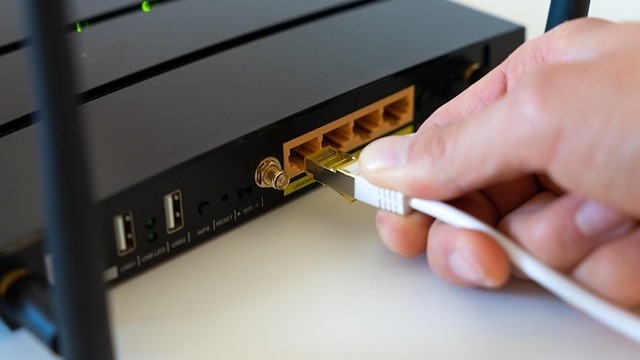
Strategic Placement: Why It Matters
When it comes to optimizing your home Wi-Fi network, the mantra "location, location, location" holds true—especially if you're using mesh routers. This powerful solution comprises multiple devices that work in harmony, overcoming the limitations of traditional routers. With mesh systems, internet coverage is broader and more consistent, a crucial benefit for those in larger homes or spaces with significant interference. Testing has shown that the strategy behind where you place these devices can greatly influence your internet speed and stability.
Finding the Optimal Spot for Your Main Router
The placement of your main mesh router is the first step towards achieving optimal performance. It’s recommended to position it as centrally as possible within your home. This ensures that the farthest areas from the router still receive signal strength, effectively reducing potential dead zones. Keep it elevated and away from walls or obstructions for a clearer path of signal dissemination. Mesh routers, unlike standalone units, do not have to fight through obstacles alone; they create a network of signals that can penetrate through walls better than a single device.
Common Mistakes in Mesh Router Placement
While it’s tempting to tuck your router out of sight, perhaps in a closet or behind furniture, this can significantly hinder performance. Mesh routers work best in open spaces where the signals can circulate freely. Regular wires or decorative obstructions can scatter signals, leading to poor performance.
Benefits of Proper Router Placement
By taking the time to properly position and space out your mesh devices, you'll gain remarkable advantages: enhanced signal strength, reduced interference from other electronics, and improved overall network performance. Proper placement can also lead to reduced latency and a more seamless online experience when streaming, gaming, or working from home.
Understanding the Technology Behind Mesh Networks
A significant differentiator of mesh systems is their ability to create a dynamic network. As you move throughout your home, devices will connect to the nearest node based on the strongest signal, providing a level of convenience and efficiency that a singular router cannot offer. This not only diminishes dead zones but also allows for better handoff between nodes, ensuring stable connections at all times.
Future Trends in Home Networking
Looking ahead, the evolution of mesh technology is expected to continue, incorporating advancements like AI to optimize performance dynamically based on usage patterns. Such developments will further automate the distribution of Wi-Fi signals throughout homes, meeting the ever-increasing demand for reliable internet access as smart devices become more prevalent.
As you strategize on the optimal positioning of your mesh router and additional nodes, remember that experimenting with placements is crucial. Every home is different, and slight adjustments can lead to considerable improvements. For those serious about improving their home internet experience, investing time into proper router placement is a game-changer. Elevate your mesh network setups for the best performance possible!
 Add Row
Add Row  Add
Add 




Write A Comment